Here are two ways. I'm using a made-up example since you haven't supplied one; it's quite possible that your example might behave differently, in a way that I haven't guessed.
The first retains the curve that might separate the cyan and yellow portions, which gets the same color as the default (zero) portion.
The second combines the original with a second plot, containing the zero portion. It removes all CURVES substructures, allowing the second plot to be visible. This duplicates some computational effort, but produces a cleaner look IMO.
The "zero" portion in the first approach is made up of many tightly packed curves, giving it a hatched appearance if the plot size is default size. I don't know whether that's acceptable to you.
restart;
with(plots):
diffr := (x,y)->piecewise(x<1/4,0,x>1/4,x-1/2,x>3/4,1):
implicitplot(diffr, 0. .. 1, 0. .. 1.0,
filledregions = true, color=purple,
coloring = [cyan, yellow]);

subsindets(display(
implicitplot(diffr, 0. .. 1, 0. .. 1.0,
filledregions = true,
coloring = [cyan, yellow]),
inequal({'diffr'(x,y)<=0,'diffr'(x,y)>=0},
x=0..1, y=0..1,
color=purple)
), specfunc({AXESLABELS,CURVES}),
()->NULL);


